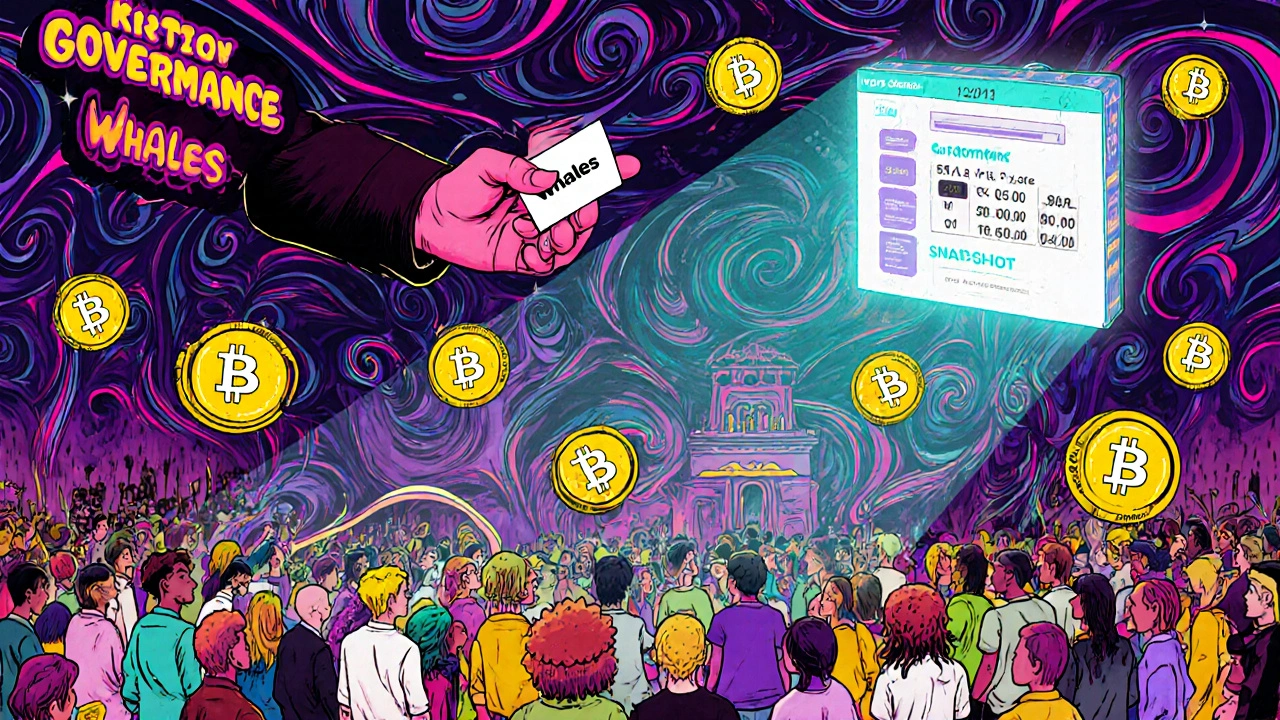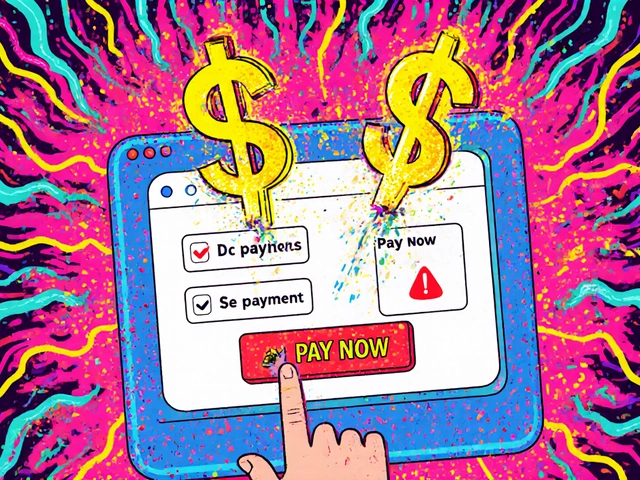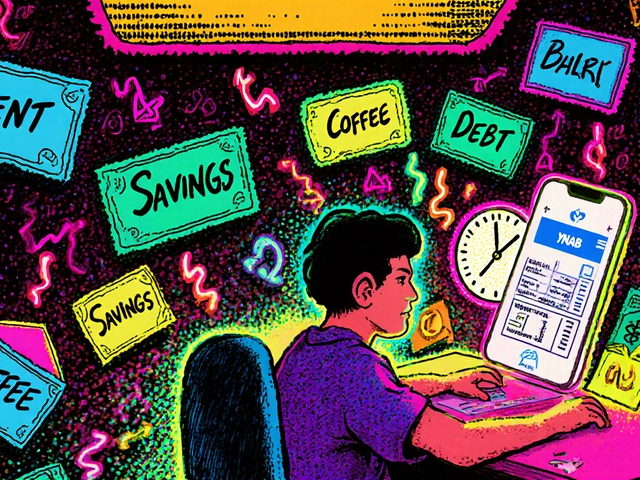UNI Token: What It Is, How It Works, and Where It Fits in Crypto Investing
When you hear UNI token, the native cryptocurrency of Uniswap, the largest decentralized exchange on Ethereum. Also known as Uniswap token, it doesn’t just trade like other coins—it gives holders real control over how the platform evolves. Unlike centralized exchanges where companies make all the rules, Uniswap runs on code, and UNI holders vote on changes—from fee structures to new features. This isn’t speculation wrapped in buzzwords. It’s governance you can actually use.
UNI token is tightly tied to decentralized finance, a system of financial services built on public blockchains without banks or middlemen. If you’ve ever swapped ETH for DAI without signing up for an account, you used Uniswap. And every time someone trades there, liquidity providers earn fees—and sometimes get UNI as a reward. That’s why so many people hold UNI: it’s not just an asset, it’s a stake in a system that pays you for helping it work.
But UNI isn’t just about trading. It’s part of a bigger shift in how value moves online. crypto governance, the process where token holders decide protocol upgrades through voting is still new, and Uniswap is one of its most visible examples. Holders have voted on everything from treasury spending to how new tokens get listed. And because Uniswap runs on Ethereum, the blockchain that powers most major DeFi apps, UNI’s value and utility are connected to Ethereum’s health, gas fees, and adoption.
You won’t find UNI in your bank app. You won’t get interest from a traditional broker. But if you’re building a crypto portfolio that includes more than just Bitcoin and Ethereum, UNI belongs in the conversation. It’s not a get-rich-quick play—it’s a tool for participating in open finance. The posts below show you how to track its price movements, understand its role in liquidity mining, and decide if it fits your strategy—no jargon, no fluff, just what matters.





